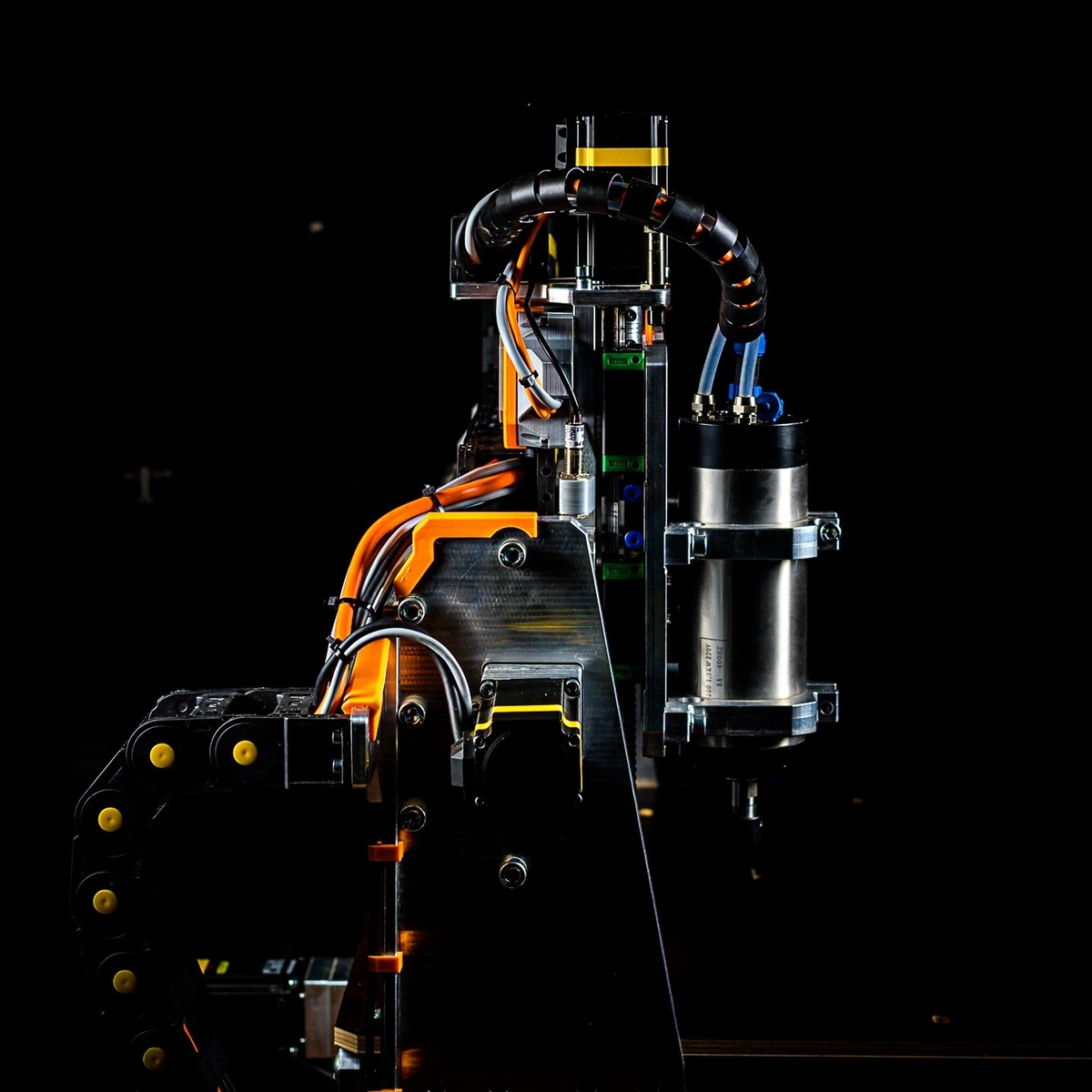Main parameters and technical guidelines of stepper motors
2024-05-07 17:15:10
The main parameters of stepper motor include: rated voltage, rated current, number of phases, step angle, step angle error, maximum holding torque, no-load starting frequency, maximum operating frequency, etc.
Phase number
It refers to the number of coil groups inside the motor. Currently, commonly used stepper motors include two-phase, three-phase, and five-phase. Generally, the number of motor phases is different, and their step angles are also different. Typically, the step angles for two-phase motors are 0.9°/1.8°, for three-phase motors are 0.75°/1.5°, and for five-phase motors are 0.36°/0.72°.
Beats
Complete a magnetic field periodic change contraction pulse number or conductive state, represented by m, or refer to the number of pulses required for the motor to turn a tooth pitch angle. For example, completing a cycle in order of ABCD is called a single 4-beat. Adjacent coils can also be energized simultaneously, for example, they can be energized in the AB-BC-CD-DA manner, which is called a double 4-beat.

Maintain torque
Holding torque refers to the torque that locks the rotor when the stepper motor is energized but not rotating. It is one of the most important parameters of a stepper motor, usually the torque of a stepper motor at low speed is close to the holding torque. Since the output torque of a stepper motor continuously decreases with increasing speed, and the output power also changes with speed, holding torque becomes one of the most important parameters to measure a stepper motor. (Note: Usually the torque of a stepper motor at low speed is close to the holding torque. When people refer to a 2N·M stepper motor, it means a stepper motor with a holding torque of 2N·M unless otherwise specified.)
Position torque
The holding torque of the motor rotor itself when the motor is not energized. Positioning torque is usually used in applications that require high positioning accuracy, such as robots, CNC machine tools, etc.
Step angle
Corresponding to a pulse signal, it is the angular displacement of the motor rotor. The basic step angle of a three-phase stepper motor is 1.2°, which means one pulse moves 1.2°. If there is no subdivision, it takes 300 pulses to complete a full circle of 360°. If there is a 10 subdivision, one pulse will move the motor by 0.12°, which means 3000 pulses to complete a full circle of 360°, and so on. In practical use of the motor, if a high speed is required but precision and smoothness are not critical, there is no need to choose a high subdivision.
Out of step
The number of steps taken when the motor is running does not equal the theoretical number of steps.
Misalignment angle
The rotor tooth axis is offset from the stator tooth axis by an angle, and there must be a misalignment angle in the operation of the motor. The error generated by the misalignment angle cannot be solved by using subdivision drive.
See What Lunyee Can Do For You
Contact Us
- 8619149417743
- +86-0371-5562 0274
- [email protected]
- Zhengzhou, Henan Province, China
- Mon-Fri: 9:00 - 18:00




